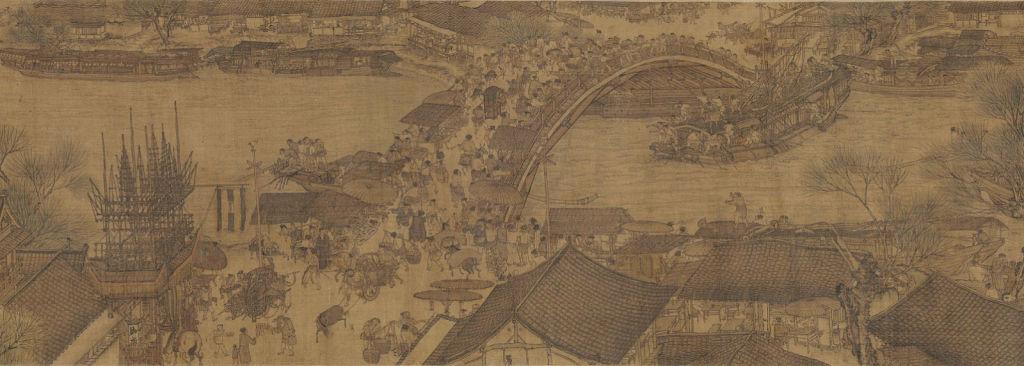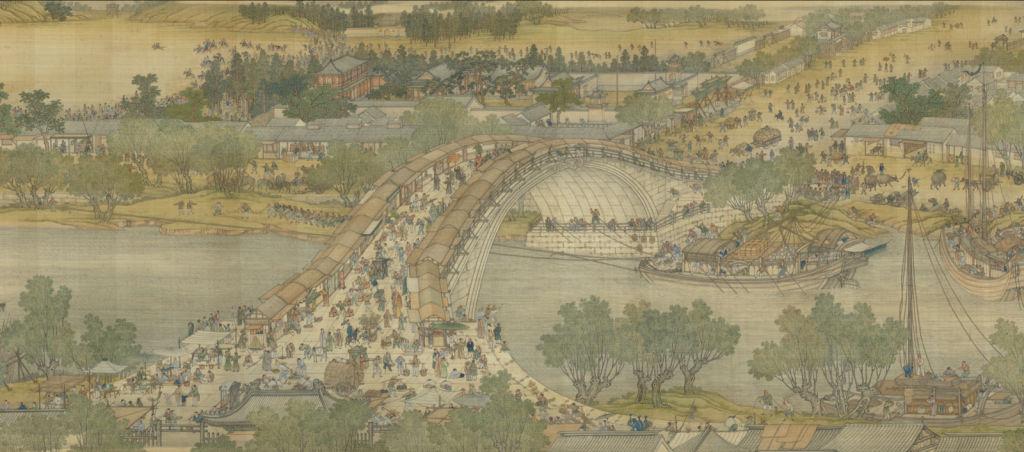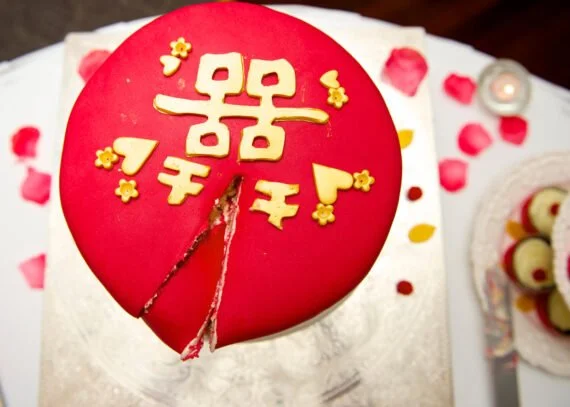Qingming Festival – 清明节 Qīngmíng jié

The Qingming Festival, aka Tomb-Sweeping Day, Chinese Memorial Day, or Ancestors’ Day, either falls on April 4th or 5th every year, and the holiday is usually three days long. It falls around the same time as Easter in 2021.
What Is the Qingming Festival?
On Qingming, Chinese people celebrate the life of their departed ancestors in a rather somber way.
Depending on the individual’s religious beliefs, people pray to a higher deity to honor their ancestors, and others may pray directly to their ancestral spirits.
Traditionally Chinese people visit their ancestral tombs to sweep them on the Qingming Festival.
The original Chinese belief is that tomb sweeping is only allowed during this festival because the dead will get disturbed if you sweep the graves on any other regular day.
People also pay respects to those considered national or legendary heroes. Sometimes even exemplary Chinese figures who died in events considered politically sensitive.
The April 5 Movement and the Tiananmen Incident were significant events in Chinese history that occurred on Qingming.
清明节 Qīngmíng jié
Literal meaning: “Pure Brightness Festival.”
In Chinese, Qingming (清明) means ‘clearness‘ and ‘brightness.’ The origin of the name was related to the climate and nature in this season. It becomes noticeably warmer and brighter at the beginning of April in China, and nature is waking up in the northern hemisphere.
The day before the Tomb Sweeping Day was traditionally the Chinese Cold Food Day. After some time, these two festivals merged into one and turned into the Qingming festival.
Traditionally, on the Cold Food Festival Day, people did not use fire and only ate cold food. Therefore, some people still have the custom of eating only cold food during the Qingming Festival.
Origin
Jie Zhitui, a nobleman, followed his master Prince Chong’er around the country. It was rumored, he once cut flesh from his thigh to provide his lord with soup.
When Chong’er finally became a duke, he wanted to repay Jie’s years of loyalty. Nobody could find him in the mountain forest where he was living with his mother. The duke decided to set fire to the woods to force Jie out.
The duke and his army found two dead bodies a few days later. Jie and his mother were lying in a cave under a willow tree.
In honor of Jie, the duke held a memorial ceremony for the tomb and ordered his subjects not to use fire and only to eat cold food on that day.
The following year, the duke climbed the mountain to commemorate Jie.
When he arrived at the tomb, he saw the previously burnt willow tree was thriving with lush leaves and branches. He was so moved that he swept Jie’s grave and declared the day to be the “Cold Food Festival” (which is now part of the Qingming Festival).
Artwork from the Qingming Festival
清明上河图
Along the River During the Qingming Festival painted by Zhang Zeduan (1085–1145)
The original scroll is roughly 25 centimeters high and over 5 meters long. There are 814 humans, 28 boats, 60 animals, 30 buildings, 20 vehicles, 8 sedan chairs, and 170 trees depicted in the painting.
This painting has been reproduced or copied over forty times.

18th-century remake and with color

Offerings on Qingming Festival



The young and old alike offer prayers before tombstones of the ancestors. They burn joss paper, aka spirit money (sheets of bamboo or rice paper) and incense sticks, sweep the tombs, and offer food, tea, wine, and chopsticks in memory of the ancestors.
They usually burn offerings for the dead in the forms of paper money, paper clothes, and paper houses for their Ancestors to use in the afterlife.
After the ancestor’s remembrance at the gravesite, the whole family feasts on the food and drink they have brought for their loved ones. They sometimes hold their dinners directly at the site or in nearby gardens in the memorial park.
Symbols of ritual purity, like pomegranate and willow branches, are also popular at this time. Some people carry willow branches on the Qingming Festival or stick willow branches on their gates and front doors.
Furthermore, it is believed that willow branches help ward off the troubled and evil spirits that may be wandering the earth during Qingming Festival.
Food



Different places have different foods for the Qingming Festival. The traditional Qingming festival foods include qingtuan, sweet green rice balls, green dumplings made of glutinous rice, and Chinese mugwort or barley grass.
Other foods are peach blossom porridge, crispy cakes, Qingming snails, and eggs. People usually cook these foods two days before the Qingming festival.
Activities


There are various activities for the Qingming Festival. The most popular ones are tomb upkeep and repair, spring outings, kite flying, and putting willow branches on gates, gathering in the park, talking about the ancestors, and generally enjoying the start of the spring season.
Greetings
清明好 Qīngmíng hǎo
It is like saying 你好 níhǎo – ‘hello’
But instead of “you” (你 nǐ) it’s 清明 Qīngmíng.
If you want to know more about how to start a conversation in Chinese you should read this post.
Other Nations That Celebrate Qingming
Besides China, a few other countries celebrate the Qingming Festival, including Vietnam, South Korea, Japan, Indonesia, Singapore, and Malaysia.
Overall, the Qingming Festival is relatively unique. It combines elements of respect for ancestors and the joy of family, food, and activities in spring without extravagant decorations or public celebrations.
Learn how to pronounce and also learn Chinese characters for free with our 14-day free trial giving you full access to our entire curriculum.
You will be able to read, write and pronounce Chinese characters and get an overall “plan of attack” for your ENTIRE Chinese journey all the way to fluency and literacy.








